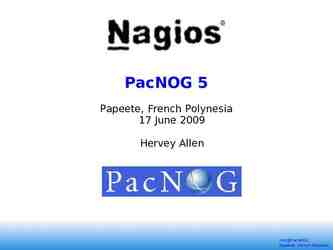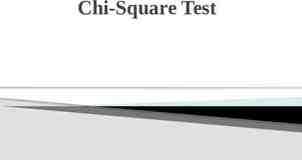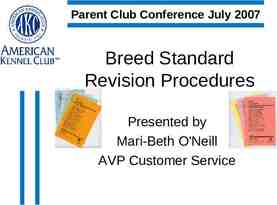Introduction to Toulmin Logic Scott Hale English 1213.005
19 Slides146.50 KB
Introduction to Toulmin Logic Scott Hale English 1213.005
Logos What do we mean by “logical structure?” Chain of Reasoning and Support
Formal Logic vs. The REAL World.
Formal Logic Operates according to prescribed values and methods IF q r AND r t THEN q t
REAL World Prescribed rules and methods fail. IF bad students fail classes AND John fails a class THEN John is a bad student?
The Difference? Formal Logic universal abstractions REAL World specific actualities Formal Logic SYLLOGISM REAL World ENTHYMEME
SYLLOGISM. Aristotle called a “complete logical structure” Three parts: Specific Premise General Premise Conclusion
Example. Fred is a dog Dogs are red Therefore Fred is red Syllogisms provide the specific and general premises and ask the audience to supply the conclusion
But what happens if ? You’re given the conclusion and one of the premises Socrates is mortal Socrates is human What’s missing? The general premise. Humans are mortal
ENTHYMEME Aristotle called an “incomplete logical structure” The enthymeme consists of a claim (conclusion) and a reason (suggests the specific premise) All enthymemes then hinge upon an unstated assumption (general premise)
Example Fred is red because he is a dog Claim/Conclusion Fred is a red Reason/Suggests Specific premise Fred is a dog Assumption/General premise Dogs are Red
Toulmin Logic A method for the construction and analysis of arguments Builds upon the enthymeme by supplying the unstated assumption/general premise Calls the assumption into question by requiring support for it
Toulmin Terms: Claim (conclusion) Reason (support/explanation for conclusion) Grounds (specific premise) Evidence (support for Grounds) Warrant (unstated assumption/general premise) Backing (support for warrant)
Developing the Toulmin schema Develop enthymeme (Claim and Reason) To develop Grounds: Link Subject of Claim to Predicate of Reason To develop Warrant: Link Category of Predicate of Reason to Predicate of Claim
Example. Enthymerme: Fred is red because he is a dog Claim: Fred is red Reason: because he is a dog Grounds: Fred is a dog (specific premise) Warrant: Dogs are red (general premise)
Evidence and Backing Evidence supports the Grounds (specific premise) and will always directly refer to the subject Backing supports the Warrant (general premise) and will never refer directly to the subject, but instead to the category of the subject
Example C: Fred is red R: b/c he is a dog G: Fred is a dog Evidence: Support that Fred is a dog-expert testimony, data, etc W: Dogs are red B: Support that Dogs are red--expert testimony, data, other examples
Qualifiers A qualifier limits the force of a claim by pointing to any exceptions to a rule and indicating how the condition would have to change in order for the understanding (epistemology) to change
Examples Some dogs are red Only when he is sunburned is Fred red Unless it is Friday, I am going to study tonight
























